How Durable is Bamboo?
Without any protective treatment, most bamboo species have an average natural durability of less than 2 years. Stored under cover, untreated bamboo may last 4-7 years.
These variations in bamboo durability strongly depend on the species, the length of the culm, the thickness of the wall, but also, and equally important, the time of harvesting.
The lower portion of the bamboo culm is considered more durable, while the soft inner part of the wall deteriorates faster than the outer harder portion. This is related to the anatomical and chemical nature of the woody cells. Although some of the characteristics of bamboo resemble those of wood, its growth characteristics and microstructure is different. Unlike timber varieties like teak, the structure of bamboo is void of toxic deposits.
The large amounts of starch present in bamboo makes it highly attractive to mold and fungi, termites and powder-post beetles. They cause much damage during drying, storage, and subsequent use. Tests have also shown that bamboo is more prone to soft rot and white rot attack than to brown rot.
Bamboo consists of 50-70% hemicellulose, 30% pentosans, and 20-25% lignin. The lignin present in bamboos is unique, and undergoes changes during the growth of the culm. Bamboo is also known to be rich in silica (0.5 to 4%), but the entire silica is located in the outer layer (1 mm), with hardly any silica in the rest of the wall. Bamboos also have minor amounts of waxes, resins and tannins, but none of these have enough toxicity to improve its natural durability.
The Importance Bamboo Preservation
Many developing counties (where most bamboos grow) suffer a lack of awareness and professional treatment facilities. Furthermore, not all curing methods ensure satisfying results which leads to uncertainties about the advantages of using bamboo all together.
A lot of bamboos used for structural purposes in rural housing are untreated (or the wrong species) and deteriorate in just a couple of years, hence the reason bamboo is still considered as a poor man's timber.
Not only does the incorrect use affect the reputation of bamboo, it also puts heavy pressure on the resource, since frequent replacement is necessary.
Chemical preservatives should be used to protect bamboo products from such degradation. These are well established methods providing good protection even in adverse conditions.
The selection of the appropriate treatment method depends on various factors:
State of the bamboo; green or dry.
Form of the bamboo: round bamboo or splits.
End applications; in ground contact, exposed to atmosphere, undercover, structural/non-structural.
Scale; quantity to be treated and available time.
Potential causes of decay; biotic (fungus/insects) and abiotic (cracks/weathering).
We think it is important to promote the correct use of bamboo in order to increase the durability, utilization, and popularity of this versatile and environmentally friendly material. Increasing the shelve-life and durability of bamboo to 50 years or more is possible by applying the appropriate treatments which is also more economical and sustainable in the long run.

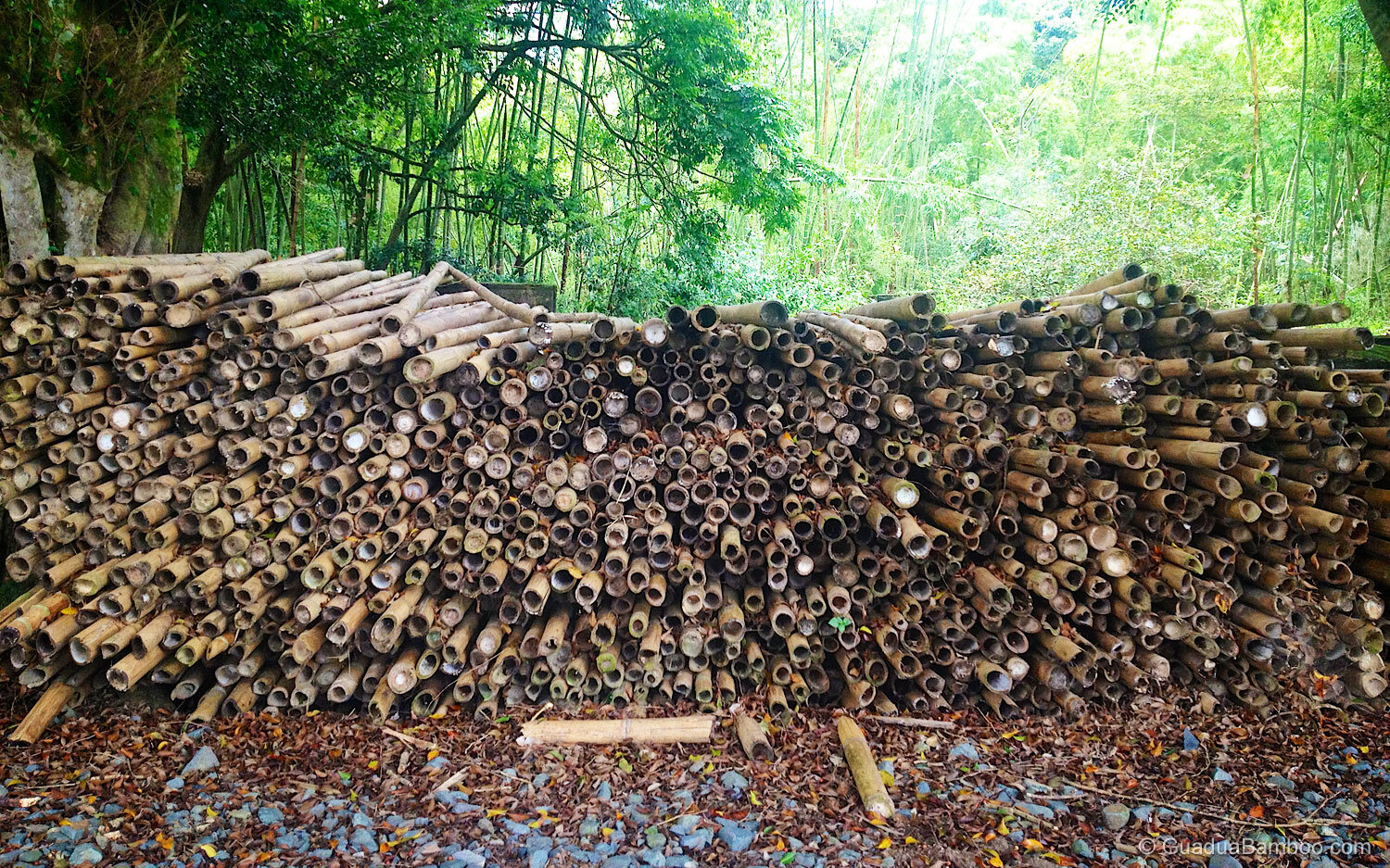
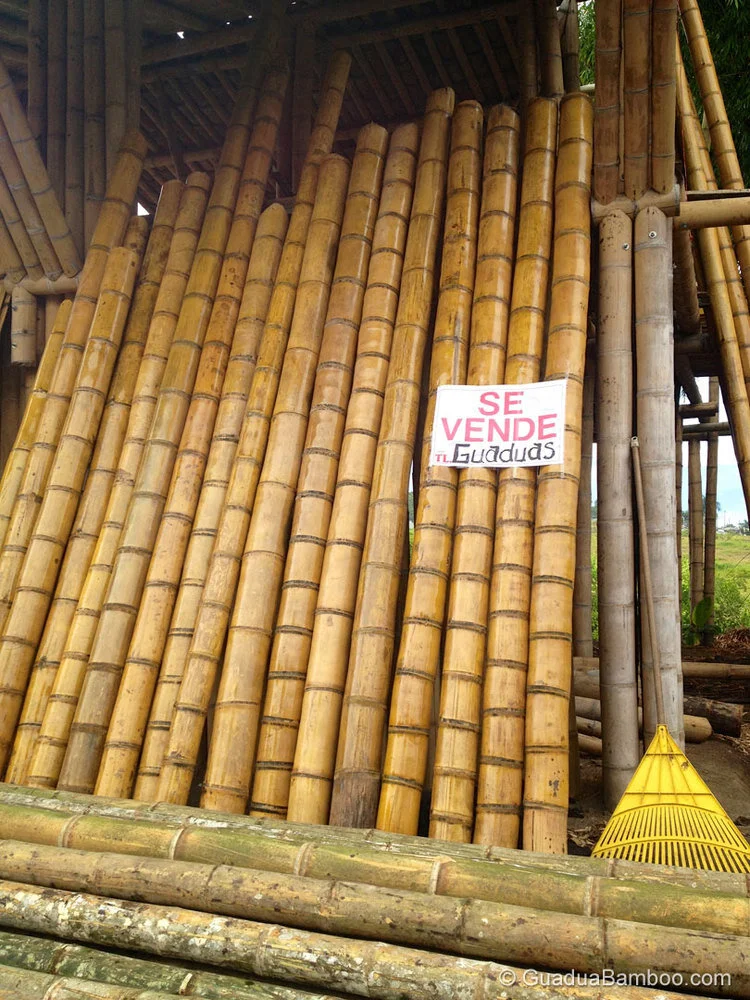

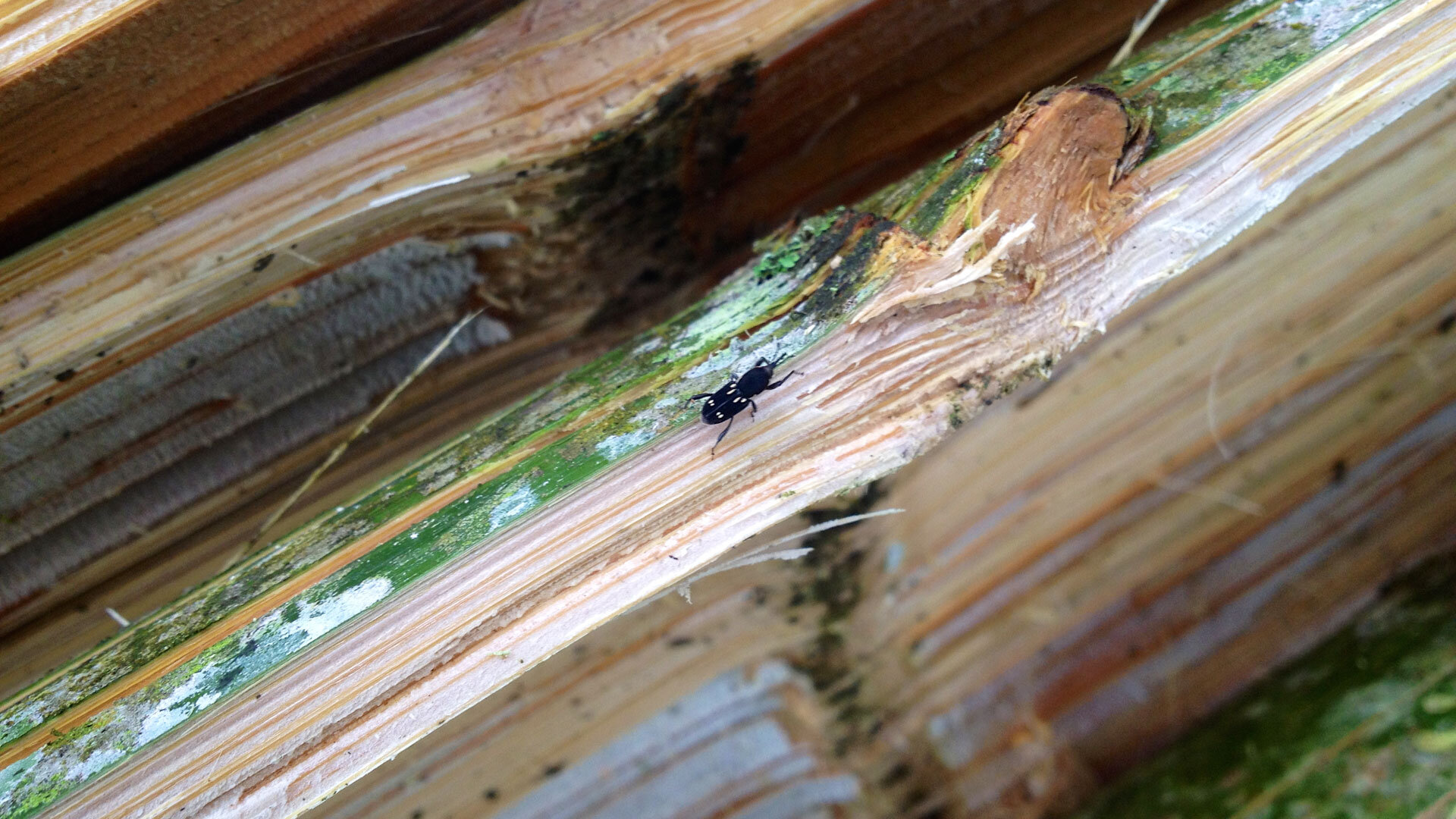
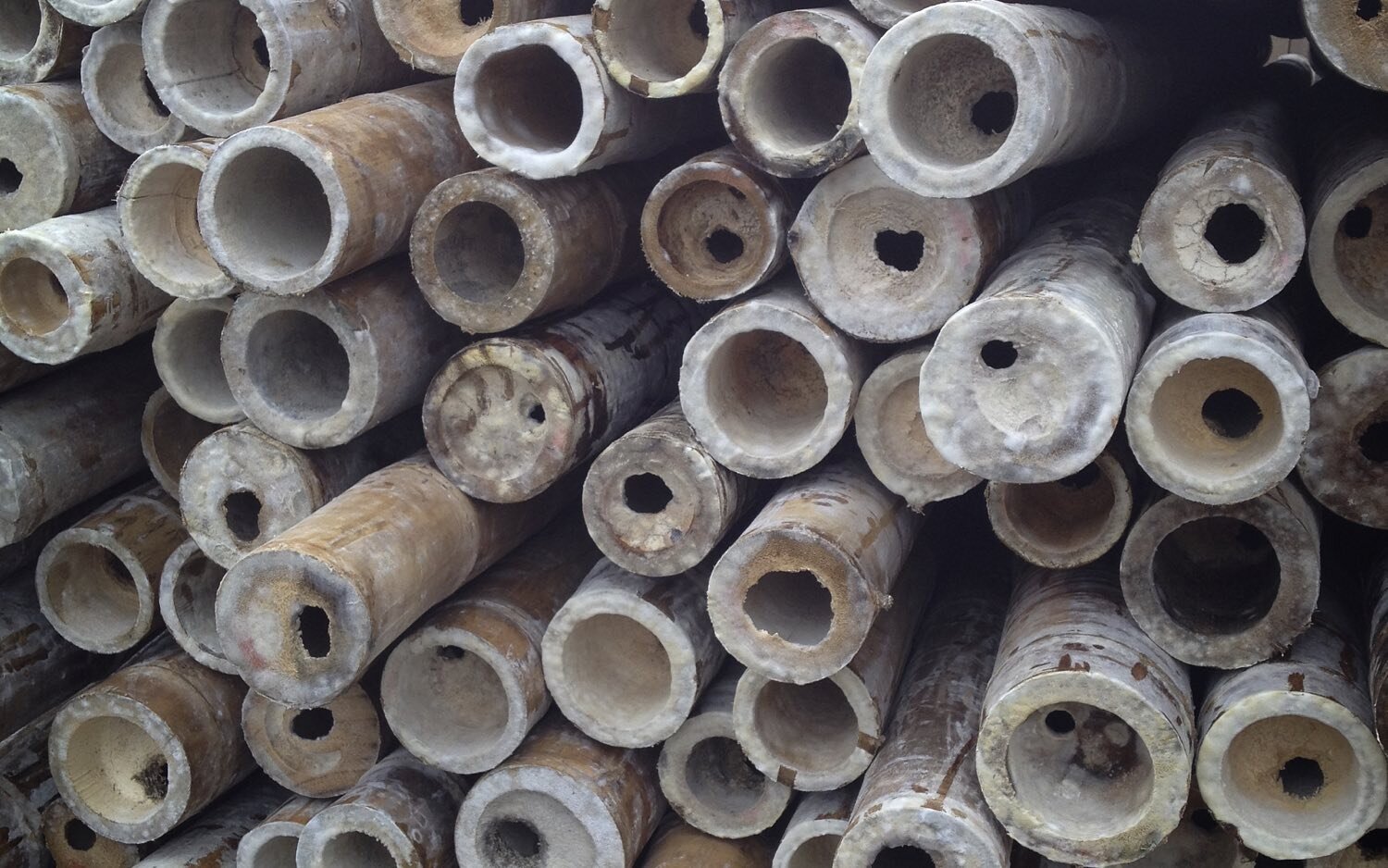
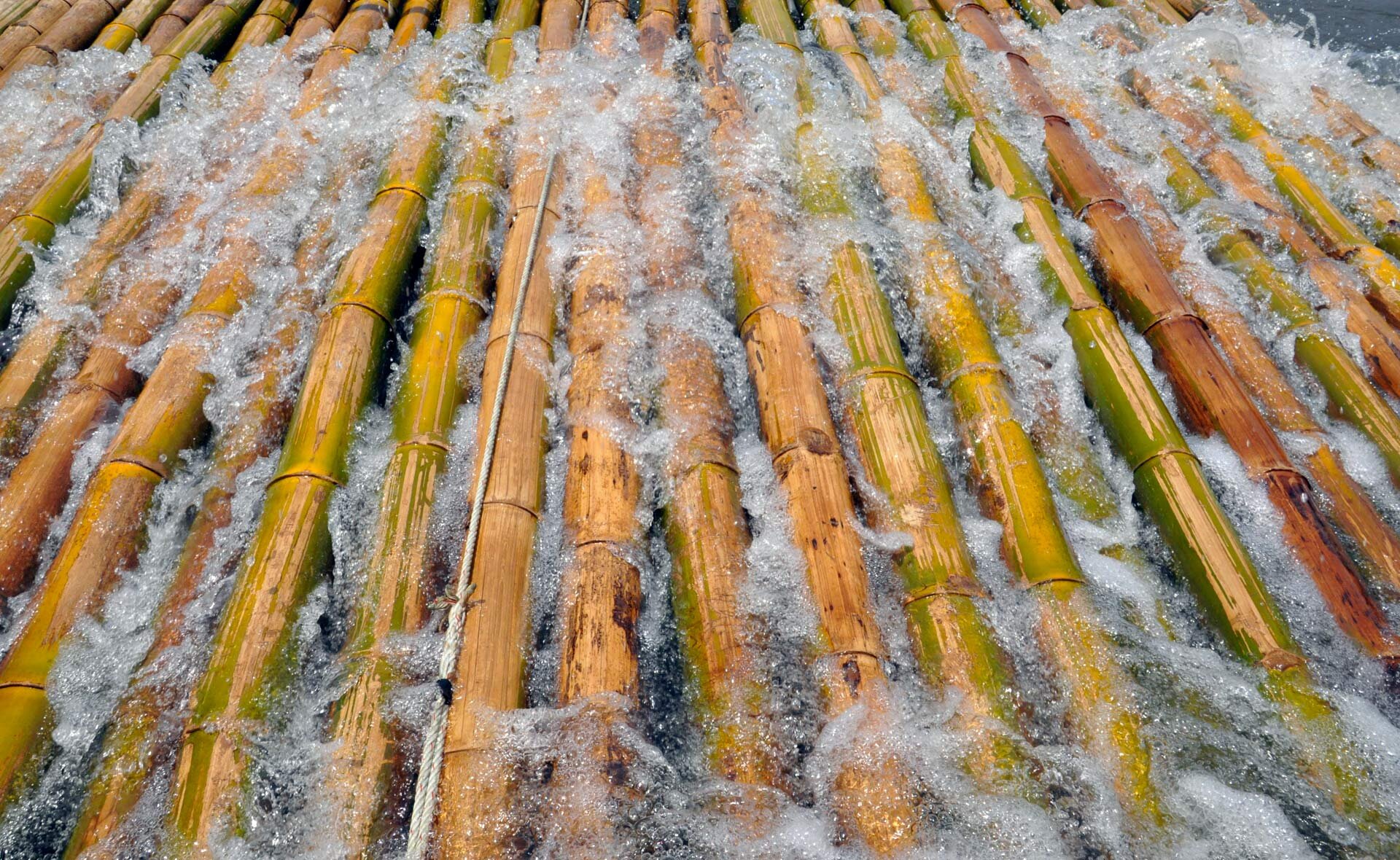
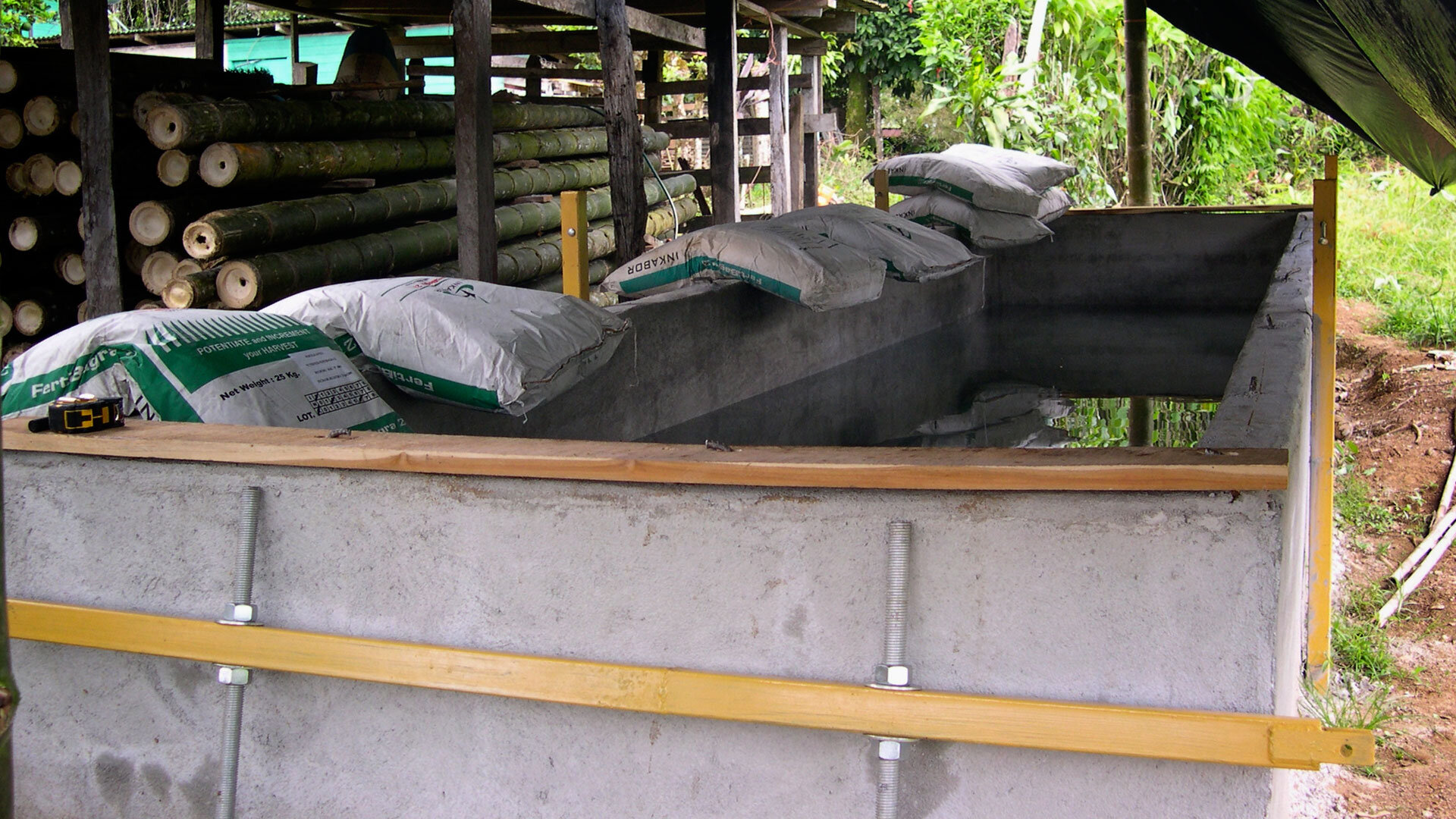
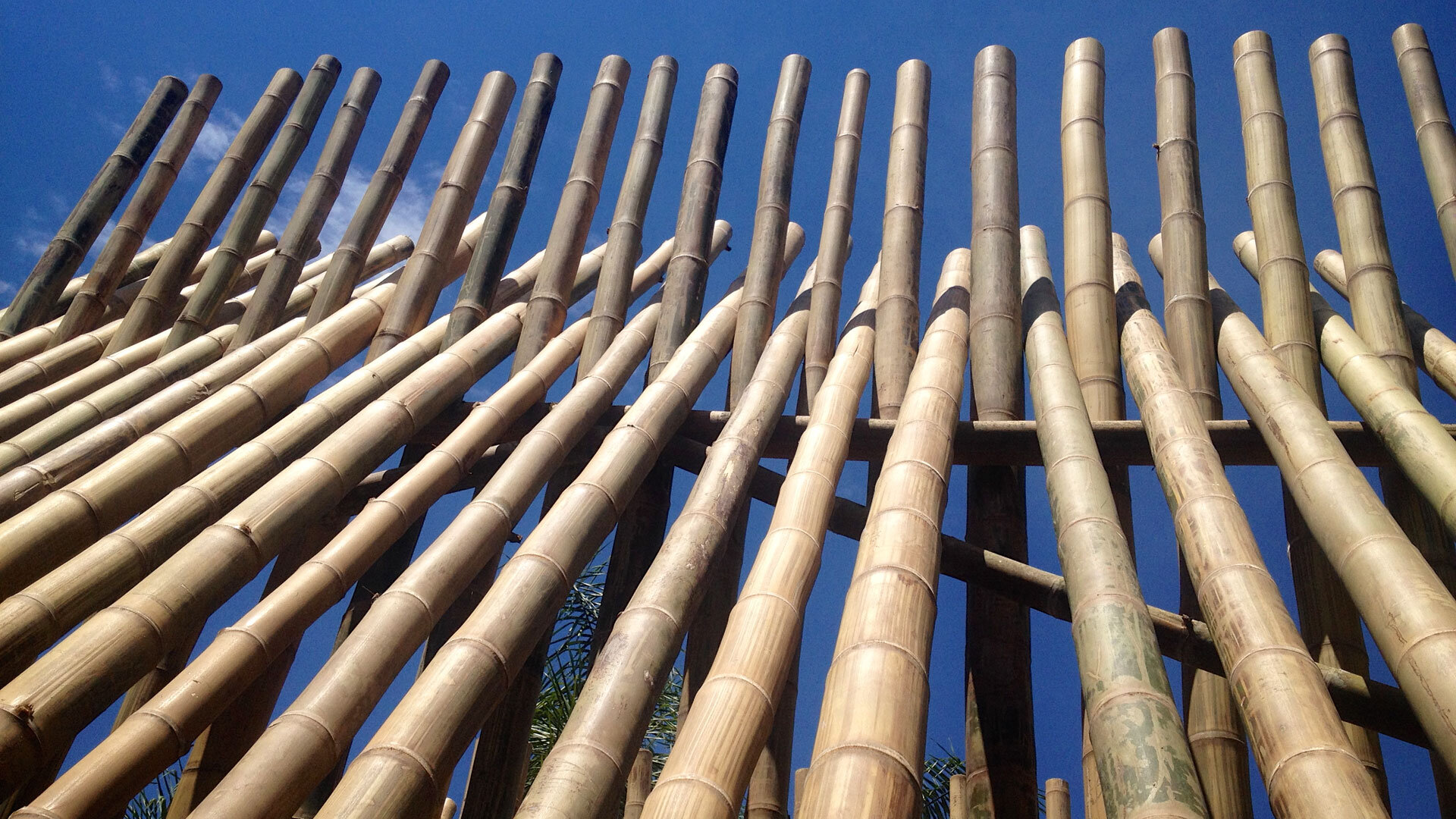
What is the drying method being adopted in Colombia with tubes running into bamboo?